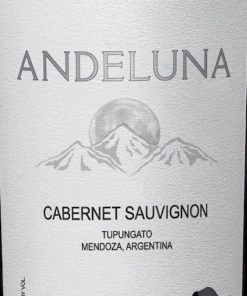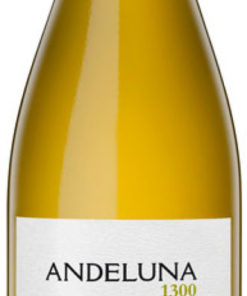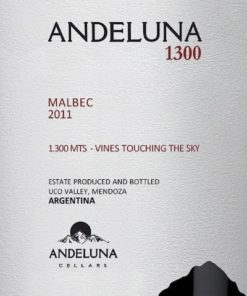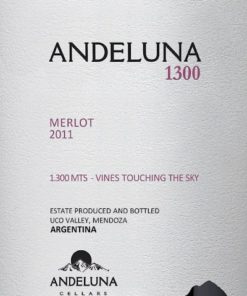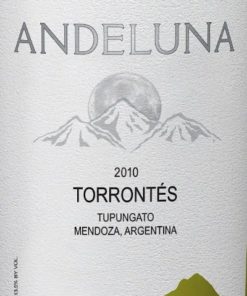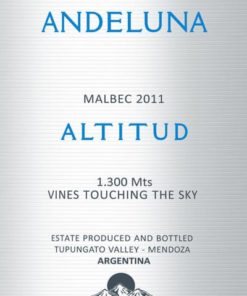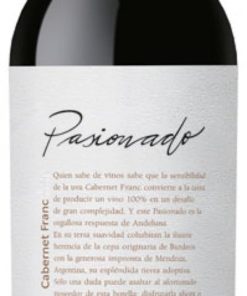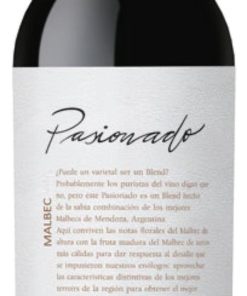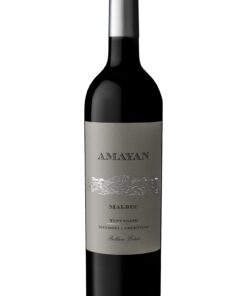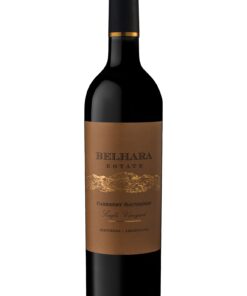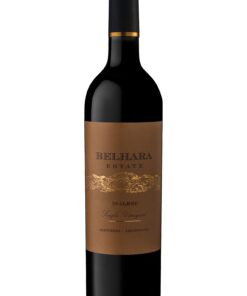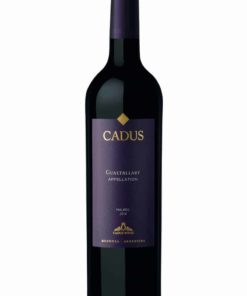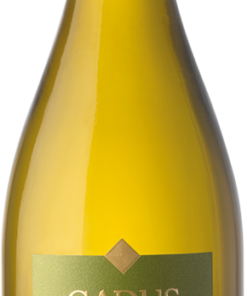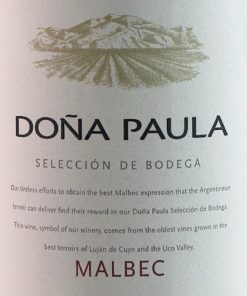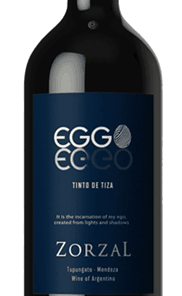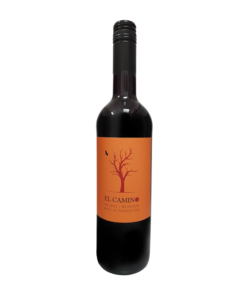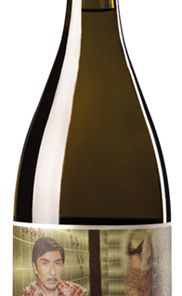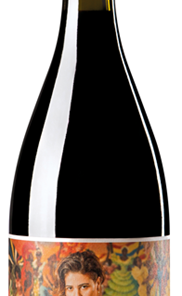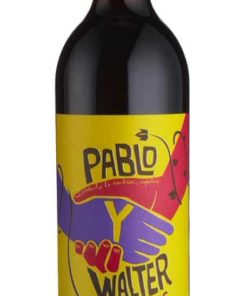Argentinian Wine
Argentina has been a producer of fine wines since the 1500s when vine cuttings were brought over by Spanish colonists and viticulture rapidly spread to the regions of Mendoza – from where over half of all Argentine wine is exported – San Juan, La Rioja, Salta, Catamarca and Rio Negro in Patagonia. It is now the fifth largest producer of wine in the world.
Argentinian malbec and torrontes are probably the most well known grapes grown here though other international varieties like cabernet sauvignon, merlot, syrah, pinot noir, chenin blanc and sauvignon blanc are also widely grown.
Further Information
Torrontes is almost unique to Argentina and is widely grown around the northern areas of Salta and La Rioja. It has a distinctive, floral bouquet akin to muscat and like most Argentinian white wine it is best drunk young.
Chardonnay has become very popular in recent years, much of which is oak aged to some degree, while plantings of sauvignon blanc in the cooler regions have also increased.
Other white varieties more commonly found in Europe and elsewhere in the New World are also grown in Argentina such as pinot gris, chenin blanc, riesling, viognier and semillon.
Because of the dry climate there is very little sweet wine made using botrytis affected grapes. Rather the Argentinian dessert wine style is derived from late harvest fruit, often labelled ‘tardio’ with varying degrees of sweetness.
Most dessert wine is made using the muscat grape but some better examples can be found produced with torrontes, riesling or chardonnay.
Argentina is becoming a major player in the sparkling wine sector with 55 million bottles produced in 2012. Most Argentinian sparkling wine is Brut or Extra Brut with smaller amounts of Rosé and sweeter wines.
Most of these wines are based on the Champagne grapes of chardonnay and pinot noir, though increasing amounts of chenin blanc, semillon, viognier and even torrontes are being used.
Both the champagne method, where the second fermentation takes place in the bottle, and the Charmat process are used. In the latter case the wine ferments in large, stainless steel tanks before bottling.
Sparkling wine is widely consumed in Argentina, particularly among the younger generation, with sales increasing dramatically in November and December.
Most of the country’s vineyard areas are situated near the foothills of the Andes and the climate varies from extremely hot daytime temperatures in the summer to cold winter nights, though the Cafayate and Rio Negro regions, and parts of Mendoza such as Lujan de Cuyo and Tupungato are more temperate.
The land is arid and the air is generally dry, reducing the problems caused by rot and fungal diseases. However in some years the El Nino winds can bring heavy rains which severely reduce crop levels.
Organic and Biodynamic viticulture is widely practised thanks largely to the high altitude and low humidity of most of the wine producing regions.
Malbec, the country’s most widely planted red grape has its roots in south west France where for centuries it has been a vital ingredient in the wines of Bordeaux. However it has made its home in Argentina where it produces dark, rich Argentinian red wine with plenty of body and extract and a velvety finish.
Cabernet Sauvignon is also gaining in popularity and is often blended with bonarda, merlot or syrah (shiraz).
The spanish grape tempranillo is also becoming more popular.
Due to the warm daytime temperatures these red wines possess soft, ripe tannins and are quite high in alcohol.
Argentinian Wine
Argentinian Wine
Argentinian Wine
Argentinian Wine
Argentinian Wine
Argentinian Wine
Argentinian Wine
Argentinian Wine
Argentinian Wine
Argentinian Wine
Argentinian Wine
Argentinian Wine
Argentinian Wine
Argentinian Wine
Argentinian Wine
Argentinian Wine
Argentinian Wine
Argentinian Wine
Argentinian Wine
Argentinian Wine

